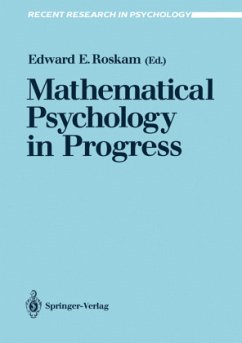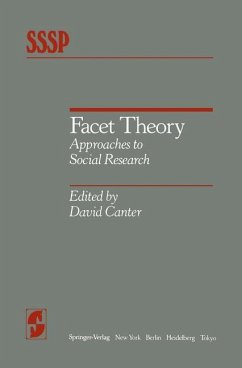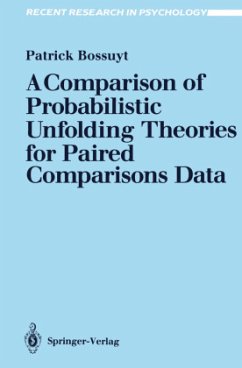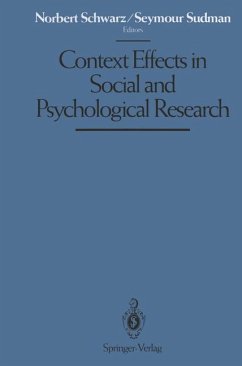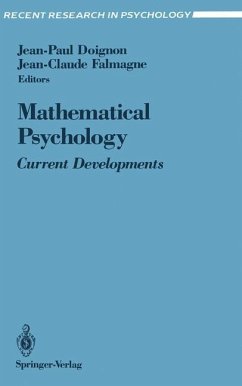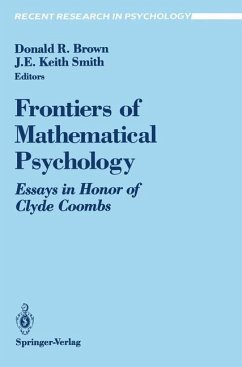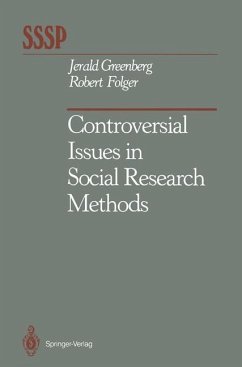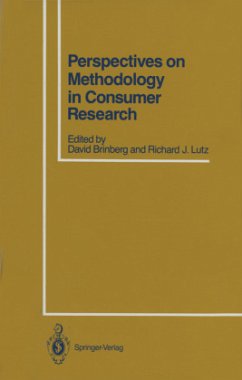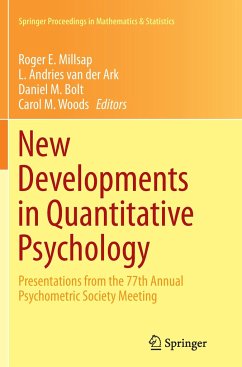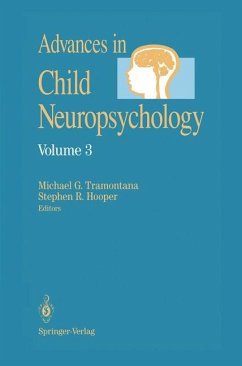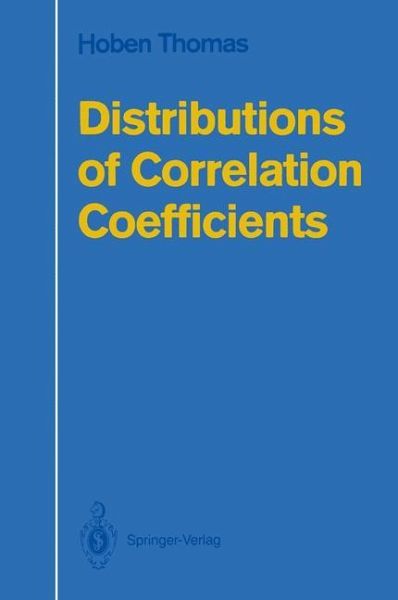
Distributions of Correlation Coefficients

PAYBACK Punkte
39 °P sammeln!
An important problem in personnel psychology, namely, the psychometric problem known as "validity generalization" is addressed in this volume. From a statistical point of view, the problem is how to make statements about a population correlation coefficient based on inferences from a collection of sample correlation coefficients. The first part of the book examines the largely ad hoc procedures which have been used to determine validity generalization. The second part develops a new model formulated from the perspective of finite mixture theory and, in addition, illustrates its use in several ...
An important problem in personnel psychology, namely, the psychometric problem known as "validity generalization" is addressed in this volume. From a statistical point of view, the problem is how to make statements about a population correlation coefficient based on inferences from a collection of sample correlation coefficients. The first part of the book examines the largely ad hoc procedures which have been used to determine validity generalization. The second part develops a new model formulated from the perspective of finite mixture theory and, in addition, illustrates its use in several applications.





